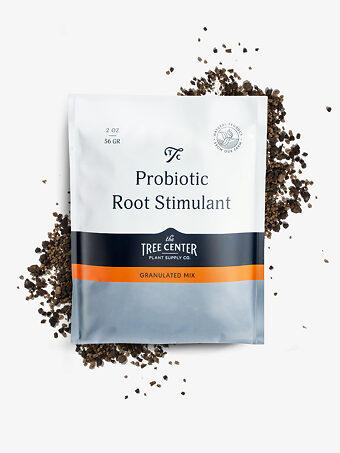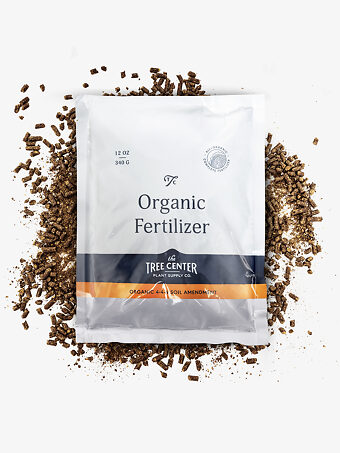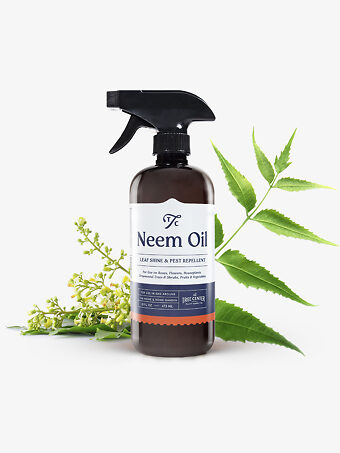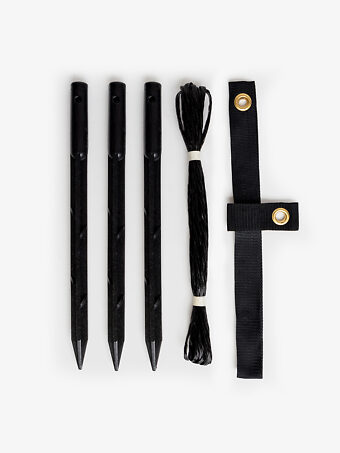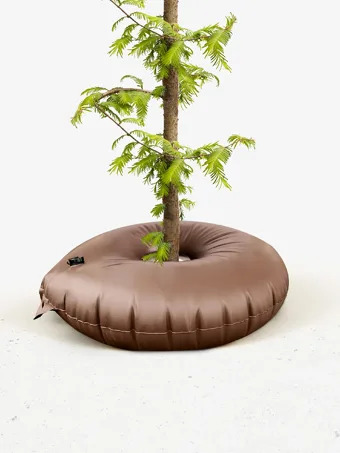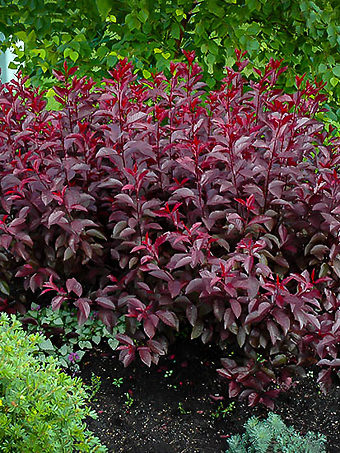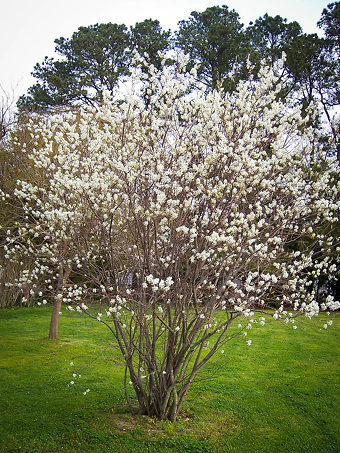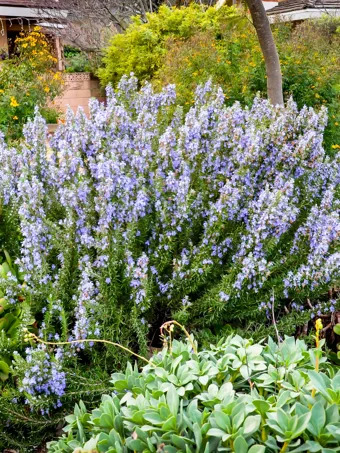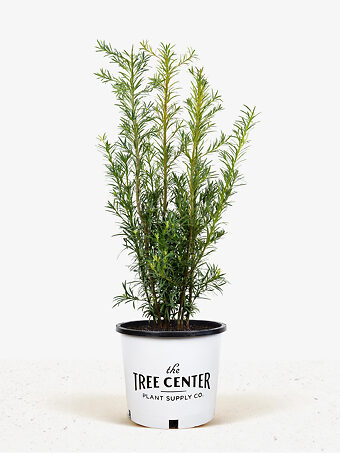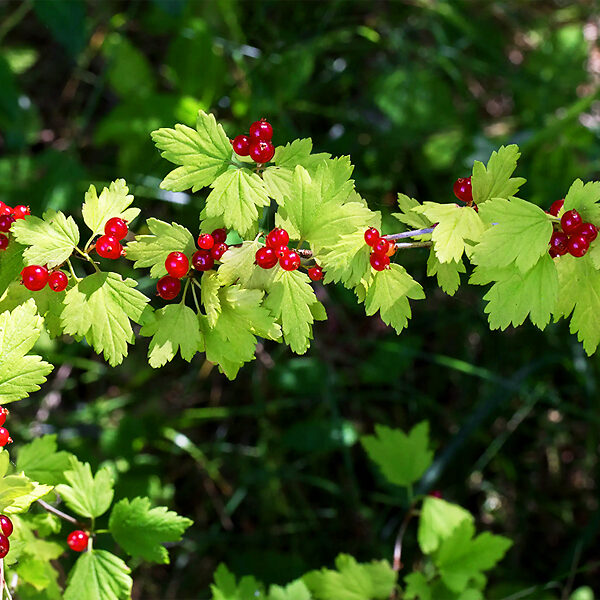
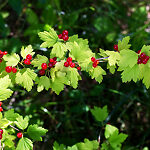
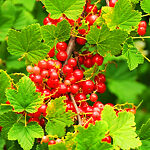
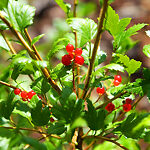
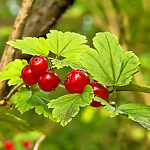

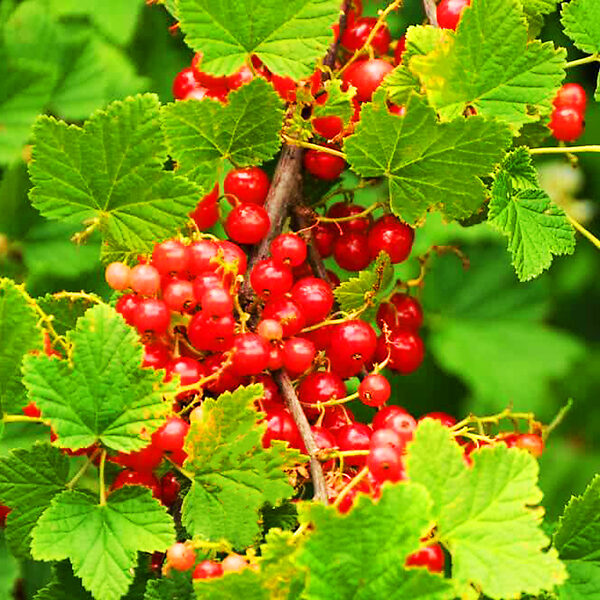
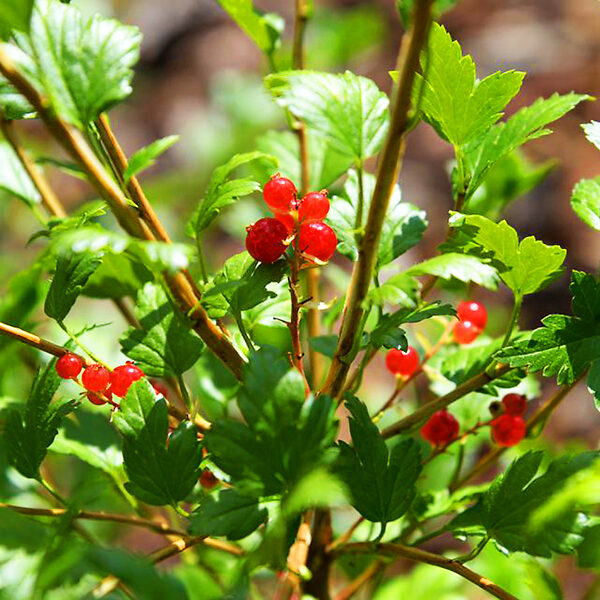
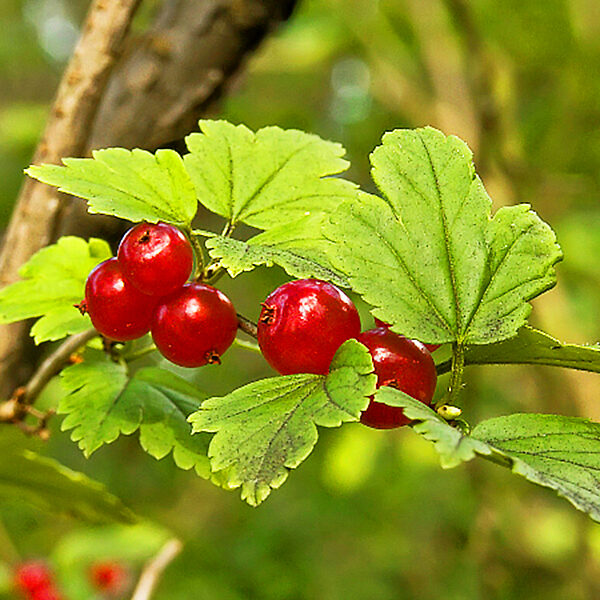
Alpine Currant
Ribes alpinumView more from Other Shrubs & Hedges
Alpine Currant
Ribes alpinum
Select size
Size Guideselect quantity
Buy in monthly payments with on orders over $50.Prequalify now
on orders over $50.Prequalify now
this item doesn’t ship to
The Alpine Currant is a small to medium-sized deciduous shrub forming a round bush up to 6 feet tall and wide. It has attractive lobed leaves that turn clear yellow in fall, and smooth gray stems. Some plants may produce bright-red berries in mid-summer. A great plant for low-maintenance gardening in cold zones, and easy to turn into hedges and screens, as well as cover slopes and banks, or fill the backs of beds in sun or full shade.
- Tough and reliable foliage shrub for colder zones
- Excellent for low hedges and edging
- Attractive and neat foliage turns yellow in fall
- Great for difficult, rocky slopes with minimal soil
- Untroubled by pests, rabbits, drought, shade or cold
The Alpine Currant is incredibly cold-resistant, thriving even in zone 2. It grows everywhere from full sun to full shade, and in all soils that are well-drained – even urban soils and rocky areas with little soil on them. It doesn’t have significant pests or diseases and it isn’t eaten by rabbits. Our plants are male clones that don’t act as vectors for white pine blister rust.

Botanical Name:
Ribes alpinum
Mature Width:
3-6 ft
Mature Height:
3-6 ft
Grows Well In:
Zones 3-7
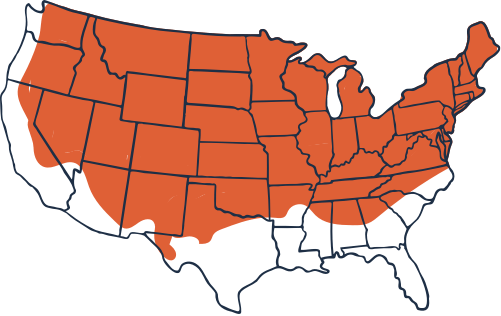
Sun Needs:
Full Sun, Partial Sun, Shade
Water Needs:
Low
Growth Rate:
Medium
